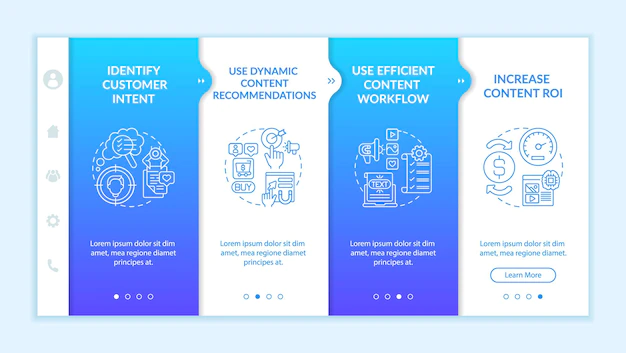Today, we communicate a lot by email. We use email communications to write to friends, relatives, colleagues, or customers. Whoever receives your email, it is very important that you write the email successfully. As you know, by writing an active email, you can save your time, someone else’s time and you can gain more trust and confidence from the other side.
Provide Email Response As Soon As possible
More and more people are communicating via email. Whether they say it directly or not, they expect immediate responses. One study by Jupiter Research shows that 35% of customers expect a response within six hours, while another 55% expect a response within 24 hours. While most people are focused on response time, content is equally important. The same study showed that a lack of complete feedback (45%) will cause online customers to look at the company negatively when considering future purchases.
Learn the Art of Writing Email
Poorly designed emails will generate additional back and forth emails, which can consume a lot of your time. Worse yet, they can make unnecessary calls on your most expensive channel – your phone. And at that point, customers will be angry and frustrated.
Here are some tips for writing a complete and relevant email response:
- Format your answer so it is easy to read on-screen. Do not write an email using very long, horizontal sentences. Each line should be short. Ideally, write 5-6 words in each row only and not more.
- Make sure the title line is short and meaningful to the recipient … not just generic
“Feedback from the Sales Team” But also note that it does not look like spam. - Have one topic for each paragraph. Say this separately in blank lines, so that it is easier to read and understand.
- Be brief. Use as few words as possible to convey your message. A lot is not better if
comes to email. Email is not considered an electronic book. - Use simple sentences and declarations. Write for third or fourth-grade audiences,
especially if you are creating auto-sent templates. You do not know
the level of education of your sender or the level of comfort of the sender in the English language. - Note the original email tone. If the sender is upset because of an error in opening
your part, admit the mistake. State clearly what you are doing to correct the situation. - Make sure you answer all the questions asked in the first question. An incomplete answer
frustrates the sender and causes more contact. It also makes the company post
the answer seems incorrect. - Specify what steps you will take next and when the author can expect it
next contact. - Don’t ask for an order number/case number or any old information you remember in your mind only when it is included in the first email … it sounds basic, but sometimes people miss the most obvious information in an email.
- Don’t just tell the sender to travel to your website. In most cases, they’re already on their
website and will not find the answers they were trying to find. If you would like them to travel
back to the website, provide the precise link to the precise information needed by the reader.







